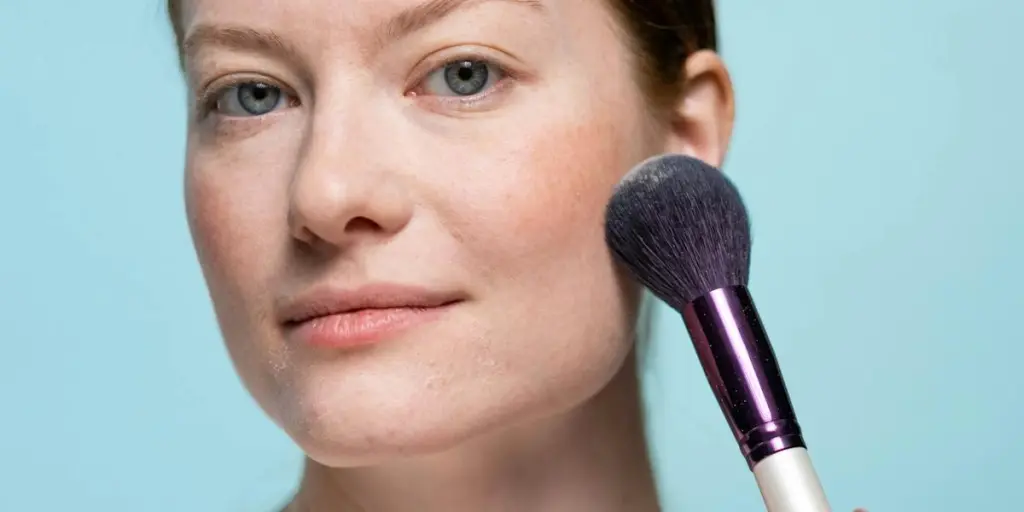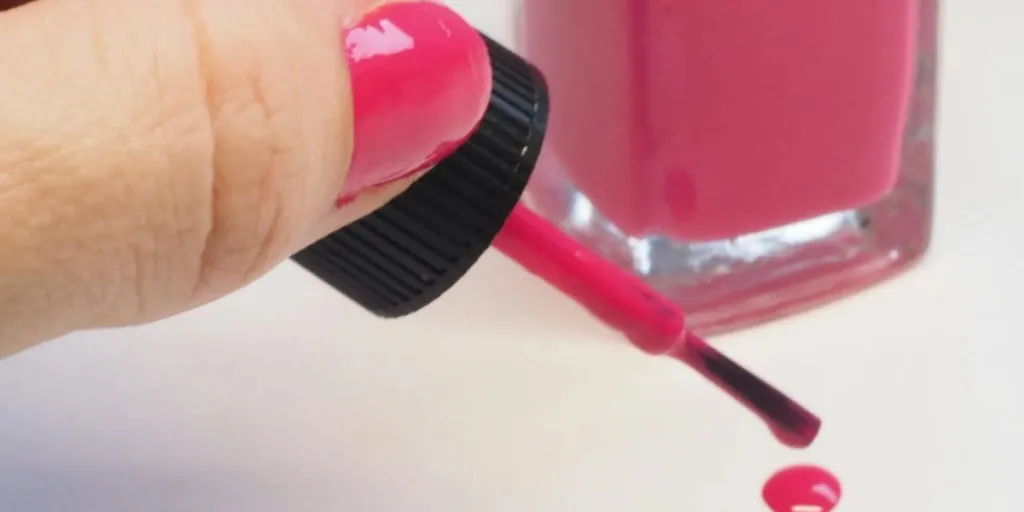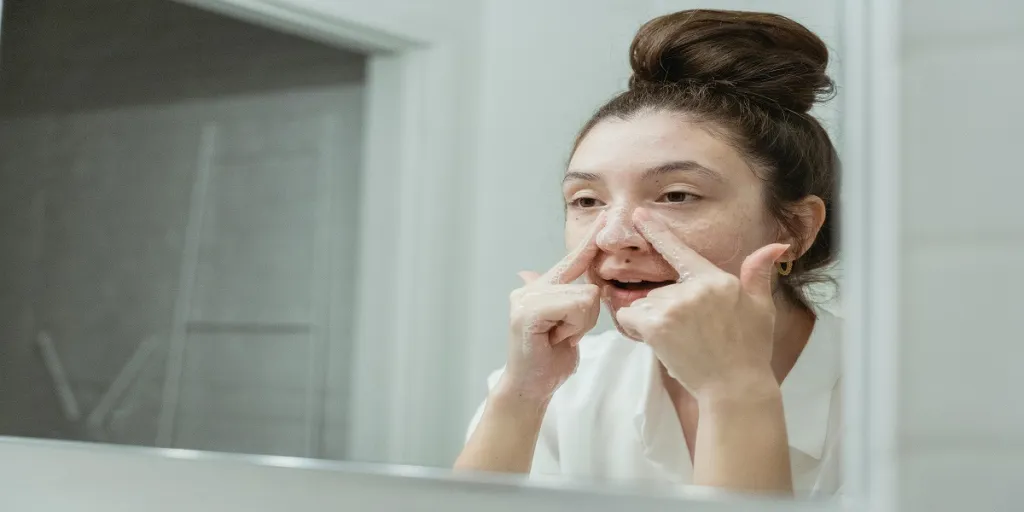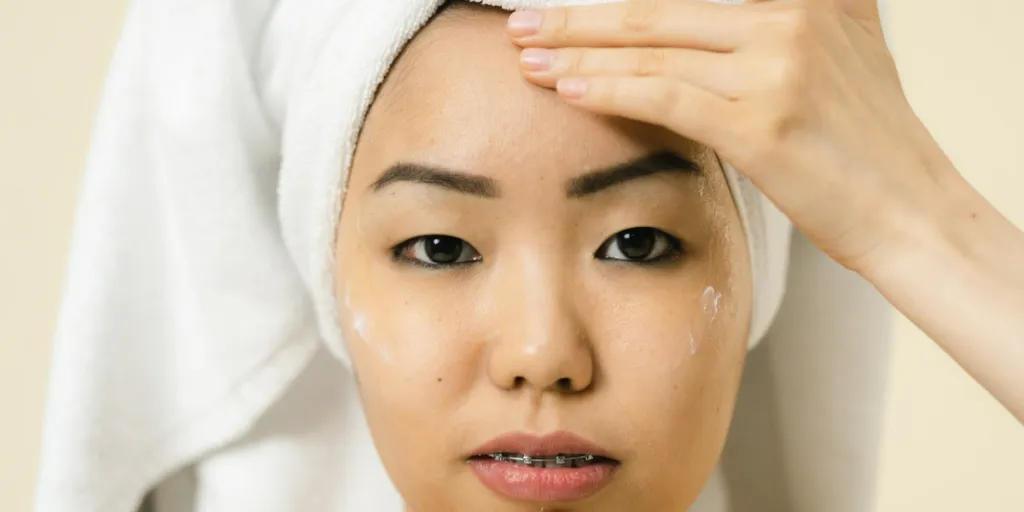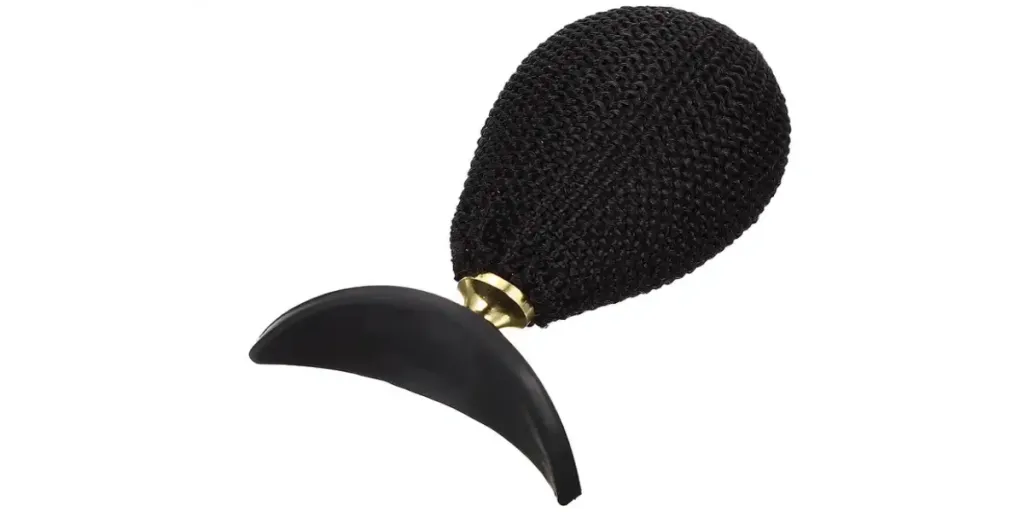Blush may be one of the most popular tools to harness sensuality today, but it dates way back to ancient times. It has evolved from the red pigment “kohl” in 3000 BC Egypt to a more sophisticated formula in the 90s.
In the 21st century, blush remains essential to women’s makeup routines, with various shades and textures available to suit different skin tones and preferences. Are you ready to profit from this popular cosmetic product?
Learn what to watch for when choosing the ideal blush to satisfy target consumer demands in 2024.
Table of Contents
A summary of the blush market in 2024
4 things businesses must know to attract consumers with blushes
Rounding up
A summary of the blush market in 2024
The face makeup market is huge, spanning multiple products, including blushes. Naturally, blushes share their parent market’s profitability, which experts valued at US $38.6 billion in 2023.
Predictions for the market show it will reach US $53.9 billion by 2032, growing at a 3.7% compound annual growth rate (CAGR). The face makeup market is growing rapidly due to social media’s increasing influence, the increasing focus on personal grooming, and the availability of innovative formulations.
North America registered the largest market share, as the region has a profitable blend of beauty-conscious consumers, robust market infrastructures, and evolving beauty trends.
4 things businesses must know to attract consumers with blushes
1. Blush formulation

The first thing consumers go for when shopping for blushes is their preferred formula. Skin type is another factor determining what blush ladies will purchase from retailers. Keep reading to find out more information on the different types of blushes and why consumers are more likely to buy them.
| Blush formulation | Notes |
| Powder blushes | These are the most common blush formulas and the most versatile. While all skin types can use them, they’re more attractive to ladies who love matte finishes. |
| Cream blushes | Women with a thing for dewy and radiant finishes love cream blushes. However, they’re also the go-to product for ladies with dry or mature skin. |
| Liquid blushes | When women want a no-makeup makeup look, they can’t go wrong with liquid blushes. They effortlessly create a natural-looking, sheer flush. |
| Gel blushes | These blushes are more lightweight than others but last the longest with their translucent finishes. They’re also the best for oily skin types. |
| Stain blushes | These blushes offer long-lasting looks with a matte finish. They’re perfect for women in humid climates. |
2. Skin undertone
Before buying blushes, consumers often check to see if they match their skin undertone. It’s an important aspect that can make or break their look.
How can businesses know the right highlighter undertones to offer? The good news is that there are only three categories of skin undertones, so businesses can target only one or offer something for every type. Check below for more details on each undertone.
Cool undertones
Ladies with cool undertones will notice red, pink, or blue colors under their skin’s surface. Hence, they’ll look for blush colors with cool undertones to match and look natural. These colors may include rosy mauves, delicate pinks, or berries, as they’ll bring out the natural skin tone while giving a bright, young appearance.
Warm undertones
Consumers with warm undertones will have peachy, yellow, or golden hues underneath their skin. So, they prefer complementing their skin with blush shades featuring warm tones, like coral, peach, or apricot. These blushes add a warm radiance to the look, offering an attractive sun-kissed glow.
Neutral undertones
These consumers are the lucky ones. Their undertones perfectly balance cool and warm tones, allowing them to experiment with any desired shade. They can try anything from soft pinks to peaches, rosy nude, and mauve.
3. Skin tone
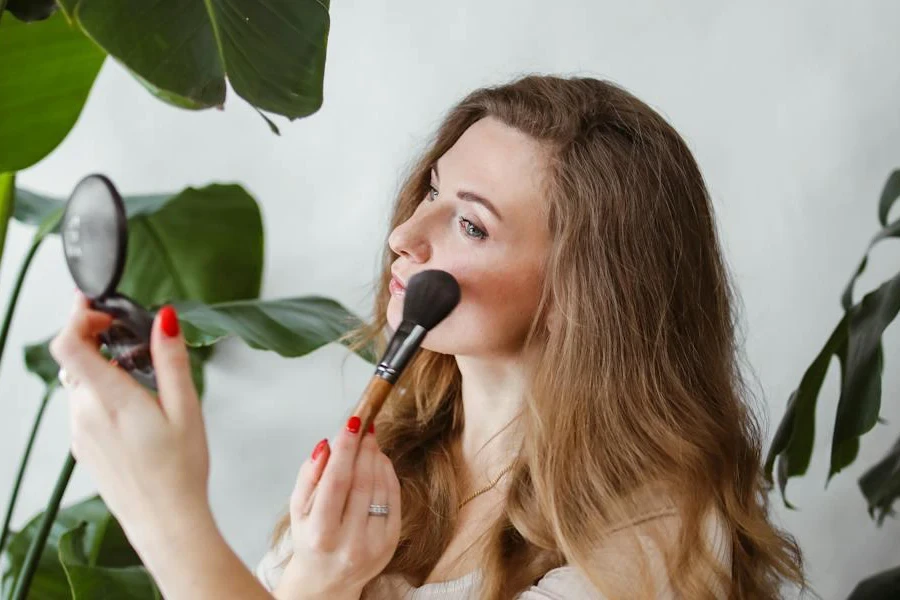
Once consumers settle their undertone requirements, the next thing they check for is if it matches their skin tone. The secret to selling more blushes is offering them based on skin tone, not the product’s color.
Here’s some information on the four skin tones and the blush colors they’ll most likely buy.
Fair skin tones
These consumers look for blushes that accentuate their skin tone, not overwhelm it. Although lighter colors look flattering on light-skinned ladies, they may also want a deeper color.
Here are the colors that will resonate more with fair skin tones:
| Blush color | Notes |
| Baby pink | This hue is the most natural for those with fair skin. It’s what shows when they blush for real. So, fair-skinned ladies will go for this color if they want an authentic, flushed look. |
| Peach | Peach may be the closest to a universal blush color—it flatters most skin tones! Consumers will choose this color if they want something more bold and vibrant than baby pink. |
| Plum | Although plum works for fair-skinned consumers, it’s a bit more complicated since it must blend properly with the rest of the makeup. However, consumers of this color love adding drama and mystery to their fair skin. |
Medium skin tones
Whether medium skin tones want something flirty and chic or more sophisticated looks, vibrant blush colors are their go-to options. They are the most flattering options for them!
Here are the colors that consumers will prefer:
| Blush color | Notes |
| Apricot | These blushes won’t grab all the attention from the rest of the makeup. But they’re strong enough to make people say, “That blush looks beautiful!” for consumers with medium skin. |
| Berry | Consumers with medium skin tones looking bright with their blushes will ask for berry blushes. They may go for deeper berries for more drama or lighter shades for an easy look. |
Olive skin tones
Consumers with olive skin usually have neutral or warm undertones with an added greenish tint. Here’s a look at the blush colors that work best on them:
| Blush color | Notes |
| Warm peach | No, peach and warm peach are not the same! Olive-skinned ladies wear warm peach blushes for a natural, glowy, warm look. |
| Rose | If women with olive skin tones want a more delicate, authentic flush, they’ll go for rose blushes. Not too bold or shadowy, the rose is like the middle child for olive skin tones. |
| Bronze | Olive-skinned consumers looking for more warmth and brightness love bronze blushes. Depending on how they use them, bronze blushes may also work as contours. Additionally, olive-skinned ladies with a tan can use this blush shade to enhance their summer glow. |
| Copper | Women who want to draw out their olive skin’s natural brightness gravitate towards copper blushes. |
Deep skin tones
These consumers have more leeway to try different blush colors for a bold, flirty look. Here are the most popular ones businesses should note:
| Blush color | Notes |
| Brick red | Some deep-skinned consumers want to make their faces pop, and brick-red blushes can help them achieve that. |
| Berry | When these consumers want a day-to-night option, they’ll ask for berry blushes. |
| Plum | Plum is a versatile shade that also works for deep skin tones. They are the go-to for ladies looking for an alternative, dramatic, bold option. |
| Tangerine | This blush shade is a summer favorite for deep-skinned consumers. They see it as a fun, lighthearted way to look easygoing and chic. |
Rounding up
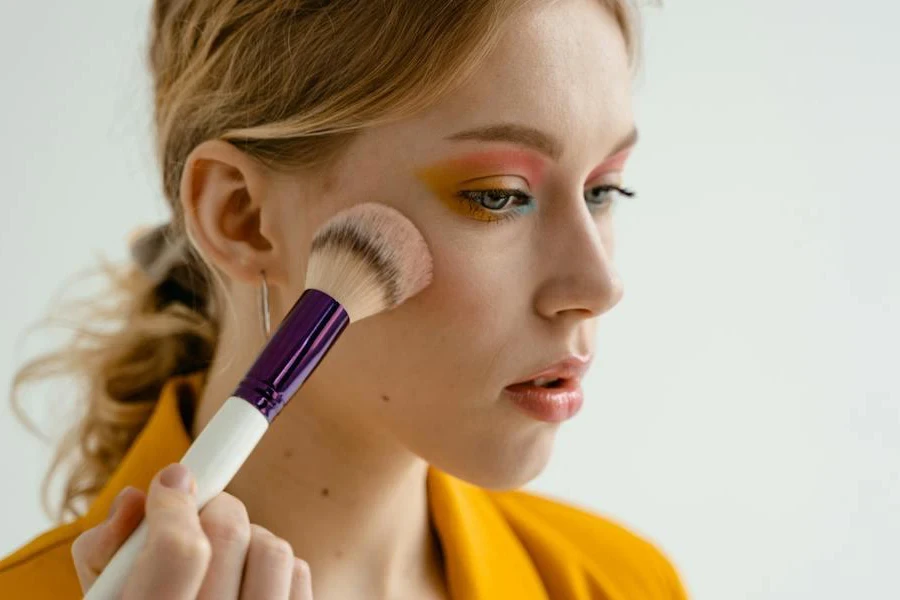
Once ladies find the blush that meets all their requirements, they won’t hesitate to add it to their carts or purchase it at the counter. However, sellers must prepare their inventories with the right products to ensure target consumers find what they want. Otherwise, they’ll fail to make sales.
Whether businesses want to cater to a specific audience (like fairer or darker skin tones) or offer more variety, they should leverage the insight discussed in this article to guide purchasing decisions. Blushes have attracted 673,000 searches in January 2024 (based on Google Data), so don’t hesitate to sell them in 2024.
